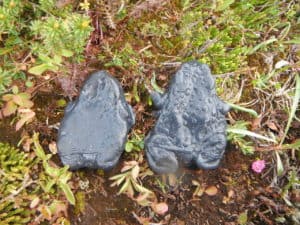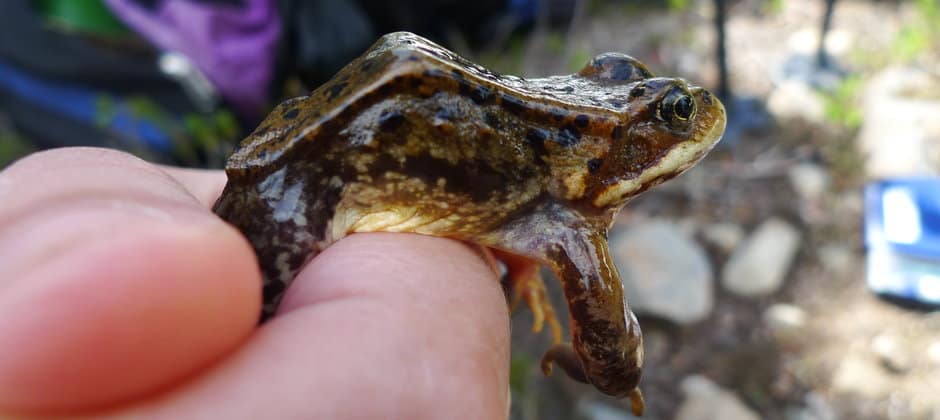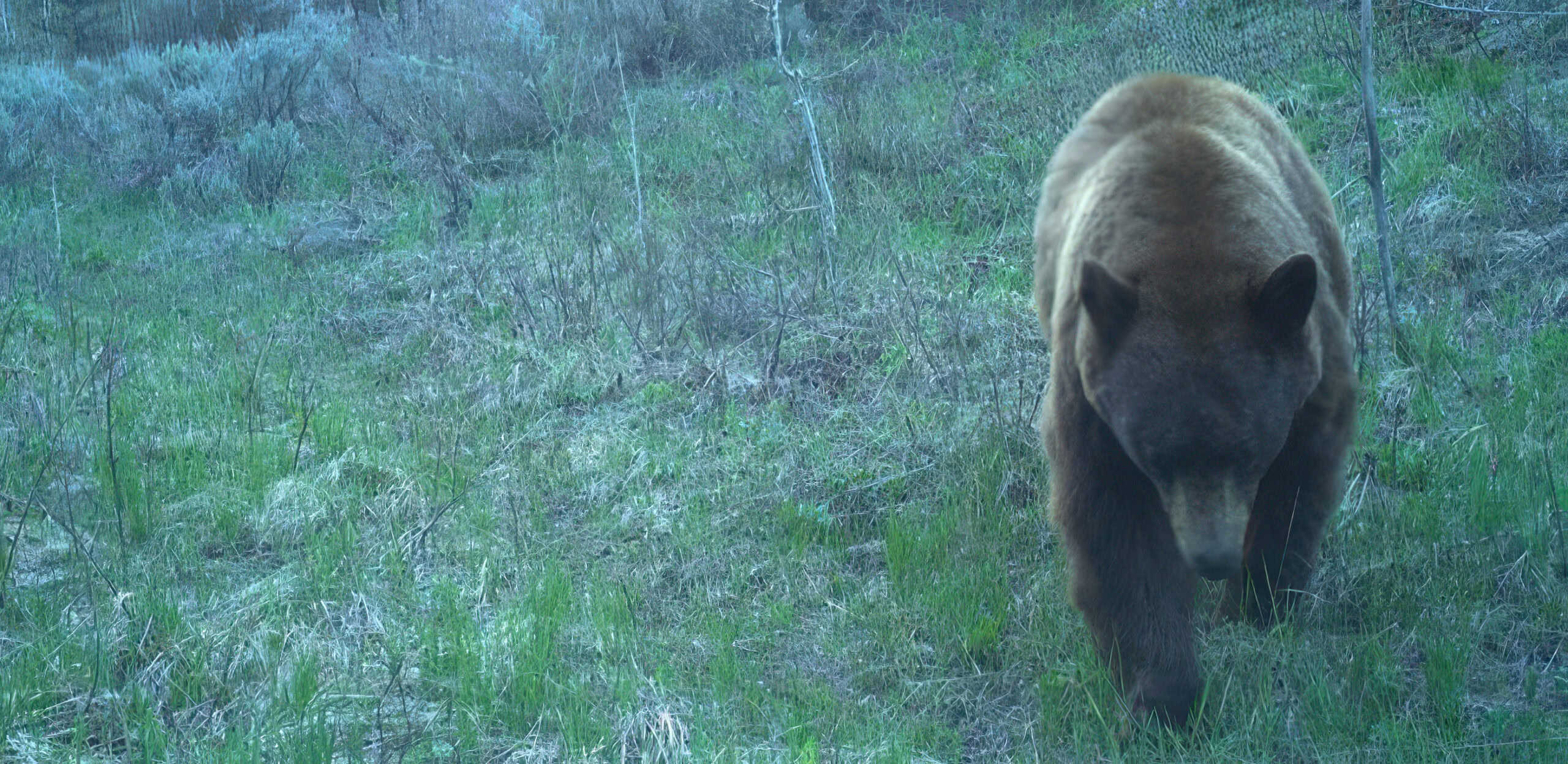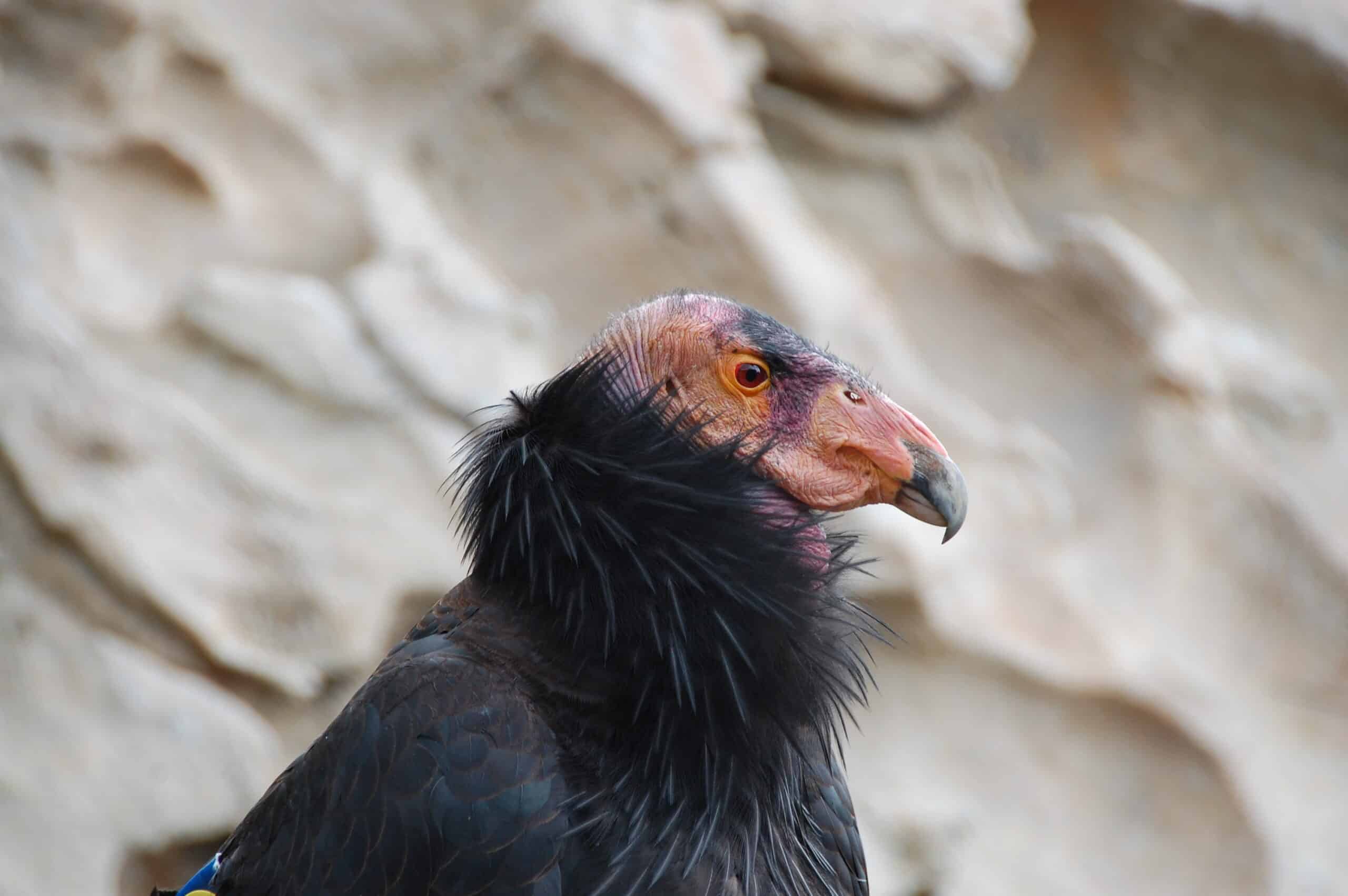Share this article
Climate change may push Northwest amphibians to the brink
By the 2080s, amphibians may be either too hot or too dehydrated to inhabit the mountains of the Pacific Northwest under projected climate change scenarios.
In a study published in Global Change Biology, Gavia Lertzman-Lepofsky, a PhD student at the University of Toronto, and her colleagues set out to understand more about how a warming climate in places like Mount Rainier National Park and Olympic National Park will affect amphibians based on their unique body regulation traits. Those parks have already gotten hotter and drier and the trends are expected to continue.

Researcher Amanda Kissel holds a Cascades frog.
Credit: Gavia Lertzman-Lepofsky
“Amphibians are super cool for many reasons,” said Lertzman-Lepofsky, who led the study as an undergraduate at Simon Fraser University working with Dr. Wendy Palen. The wet-skinned ectotherms don’t regulate their body temperature like warm-blooded animals, but they can use water loss to cool down, much like humans do through sweating.
Lertzman-Lepofsky and her team wanted to determine the amphibians’ water loss rates and internal body temperatures in different areas of the Pacific Northwest, but they didn’t want to subject live amphibians to potentially dangerous scenarios.
Instead, they made frog models out of agar. Often used as a vegan gelatin alternative in cooking, agar can also prove useful in science. “Agar mimics the properties of the skin of a real amphibian and loses water at the same rate that a live amphibian would,” Lertzman-Lepofsky said.
Her team mixed agar powder with water and a dye, microwaved it to activate its properties and poured the mix into frog molds, which they placed in sunny and shady areas on land and in shallow wetlands. Every four hours, they weighed the molds to see how much water they lost per hour.

Researchers used agar to mold frog models. They used these models to test how much water they lost in different places.
Credit Dr. Amanda Kissel
Using climate change forecasts into the 2040s and 2080s, they modeled temperature and water loss in different environments. By the 2080s, they found, landscapes that previously had been thought to be safe for frogs will be too hot or too dehydrating. Sunny, dry spots will likely be too dehydrating for up to 95% of the summer. Wetland edges will likely be too hot for up to 74% of the summer.
“Water loss is critically important for amphibians,” Lertzman-Lepofsky said. Although frogs could leave dry spots for wet areas, the team was surprised to find that sitting in water wouldn’t stop frogs from reaching dangerously high temperatures. “They’re likely to be under stress even if they’re in the water,” she said.
That raises particular concerns about Cascades frogs (Rana cascadae), which are facing local extirpations and declines in the southern portions of their range but seem to be fine at the northern edge.
“It’s going to be critical to have pieces of the landscape that have water readily available so amphibians can move back and forth between dry and wet environments if they need to,” Lertzman-Lepofsky said.
But that ushers in other consequences, including energetic costs and predation risk — consequences Lertzman-Lepofsky hopes to study as well.
Header Image: Cascades frogs are declining in the southern parts of their range. Researchers think dehydration and a warming climate may be part of the problem. Credit: Dr. Amanda Kissel








